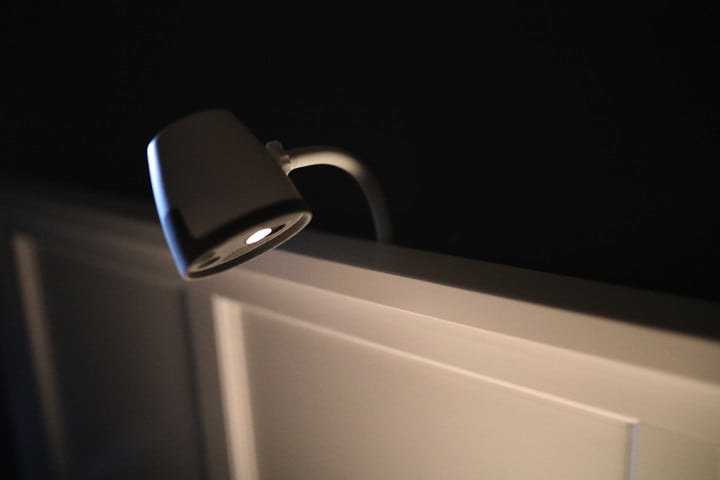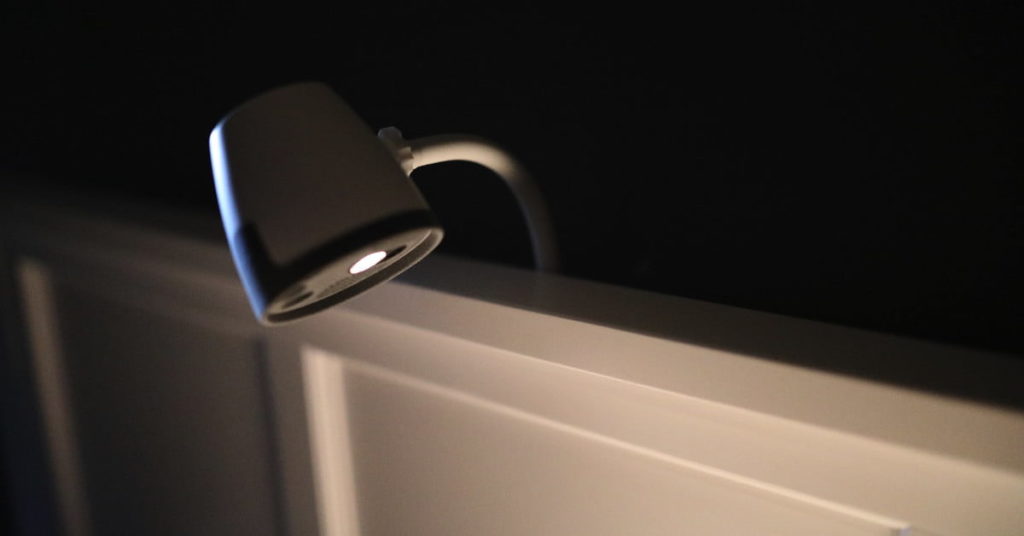Alarm Uses Targeted Light and Sound to Wake You, But Not Your Partner
Whether you are awakened each day by a phone alarm, a clock radio, or a next-gen device like the Amazon Echo Spot, the common problem with all these alarm systems is that they will wake up both yourself and whoever you are sharing a bed with. That’s a problem in the event that two bed partners don’t share the same wake-up schedule — and it’s something that a new Kickstarter campaign seeks to address.
Back in 2015, a product called Wake landed on the crowdfunding platform. Using an infrared temperature sensor and special body-tracking software, it worked out when a person needed to be awakened and then twisted into position to direct tightly focused light and sound directly at their face. While that might sound like an unpleasant way to wake up, it was designed to be gentle: The light gradually gets brighter, and the sound only kicks in if you showed no signs of stirring. Jump forward a few years, and Wake’s makers are back again with their second-gen alarm system, which now offers a few key improvements over its predecessor.
“We learned many lessons, some painfully, with the rollout of our version-one device,” William Russell, CEO of Lucera Labs, told Digital Trends. “The primary lesson was not to make a product that relies on batteries, unless you’re prepared to accept limitations in the product’s capabilities and incorporate additional complexity and cost in the design.”

To solve some of the problems Russell said existed with the first-gen product, he decided on a total redesign, ditching the battery pack of the original and opting for a new mounting position for the alarm system just above the headboard. This lower positioning improves the ability to isolate sound and light significantly, while the addition of 24/7 power lets the device’s CPU remain connected to the cloud full time. The luminosity of the main LED is also increased, as well as a few extra functions added.
“In the four years since Wake was originally conceived, smart speakers and video doorbells became ubiquitous,” Russell continued. The time, he believes, is therefore right for us to adopt a smarter way to our wake-up cycle each day.
As ever, we offer our usual warnings about the risks inherent in crowdfunding campaigns. However, if you do want to get your hands on a Wake v2, head over to the project’s Kickstarter page. Prices start at $179 for a single unit or $320 for a pair. Shipping is set to take place in March 2019.




